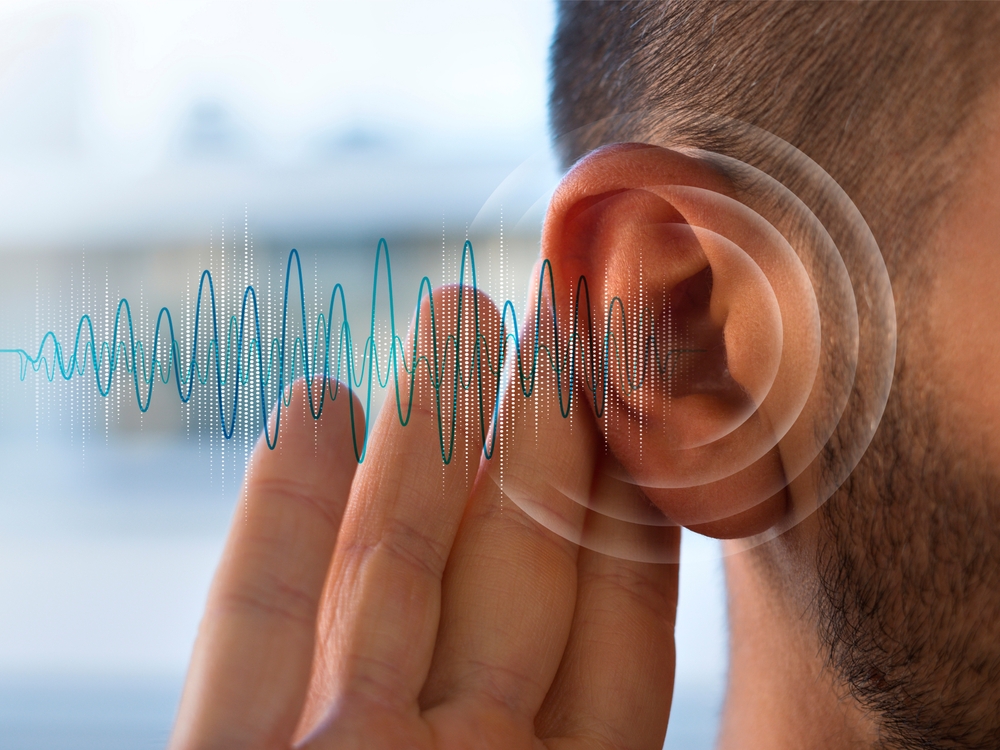
In the hustle and bustle of day-to-day life, our ears frequently bear the brunt of neglect and inadvertent harm. From the allure of ear candling to the apparently harmless act of using cotton swabs, our auditory health can suffer from these common yet dangerous practices. Below, we explore four important ways to safeguard your sense of hearing and keep your ears protected.
Ear candling is a no-no
Ear candling, an ancient technique purported to draw out earwax and improve ear health, has gained popularity in spite of lacking scientific merit. The process involves inserting a hollow candle inside of the ear canal and lighting the opposite end, with the idea that a vacuum is created, pulling out impurities. This practice, however, has been proven in a number of studies to not only be ineffective, but also quite risky.
You could be putting your hearing in peril by using a practice that won’t even eliminate any earwax. Burns to the delicate ear structures, perforated eardrums, and exacerbation of existing issues can all be consequences of this practice. Normally, if you see any wax after ear candling, it will be from the candle itself rather than your ears.
Medical professionals always warn against ear candling because of these findings. Both the Food and Drug Administration (FDA) and the American Academy of Otolaryngology (AAO) caution against this practice, emphasizing safer options for ear hygiene.
Banish the cotton swabs
It’s true that many individuals turn to these seemingly harmless tools to clean earwax out of their ears. However, contrary to popular belief, inserting cotton swabs into the ear canal poses more risks than advantages. Rather than effectively eliminating earwax, swabs can accidentally pack wax deeper into the ear canal, leading to impaction and potential injury.
The delicate nature of the eardrum makes it vulnerable to damage from foreign objects, including cotton swabs. Injuries, like perforations or abrasions can happen, leading to pain, infection, and hearing loss. To avoid these complications, it is beneficial to steer clear of inserting any objects into the ear canal and instead depend upon the ear’s self-cleaning mechanisms or seek professional help if needed.
Mind the volume: safeguard against loud noise
In a progressively noisy world, our ears are continuously inundated by sounds of varying intensities. From bustling city streets to recreational activities like concerts and sporting events, exposure to loud sound is unavoidable. Nonetheless, sustained or excessive exposure can have detrimental effects on hearing health, resulting in noise-induced hearing loss or tinnitus.
To mitigate the threat of hearing damage, it is essential to be aware of sound levels and take proactive steps to safeguard your ears. Whenever you can’t avoid very loud noise, protection like earplugs and earmuffs should be utilized.
Also, take regular breaks and moderate the volume when you’re using personal listening devices such as headphones and earpods.
If you notice any symptoms, act quickly
Taking quick action when your ears begin to tell you that you’re starting to encounter some degree of hearing loss is essential to protect your ears from harm. If you hold off on getting your hearing loss treated you will most likely exacerbate the problem.
It is essential to recognize common signs of hearing loss, such as difficulty understanding speech, ringing or buzzing in the ears (tinnitus), or a feeling of fullness or pressure in the ears. Schedule an appointment with us right away if you experience any of these symptoms. Your hearing results as well as your quality of life will be substantially increased by early detection and intervention.
Your ability to effectively navigate the landscape of your life depends on you keeping your hearing as healthy as possible. By adopting these four strategies, avoiding ear candling and cotton swabs, protecting against loud noise, and understanding early warning signs, we can maintain our precious sense of hearing and enjoy the symphony of sounds that enhance our existence.
Call us today for an assessment if you are suffering from ear damage or hearing loss.